Neuroscience

Neurotransmitter receptors function via various G-protein coupled and G-protein independent mechanisms that activate downstream intracellular signaling pathways such as cAMP/PKA, PI3K/AKT, phospholipase A2, and phospholipase C pathways. For instance, dopamine receptors act through adenylate cyclase to activate PKA and other signaling molecules, thereby mediate gene expression through the actions of CREB and other transcription factors. Other neurotransmitters such as NMDAR or AMPAR are associated with ion channels that control flux of Ca2+ and Na+, thus propagating the action potential across the post-synaptic neuron.
Dysfunctions in GABAergic/glutamatergic/serotonergic/dopaminergic pathways result in a broad range of neurological disorders such as chronic pain, neurodegenerative diseases, and insomnia, as well as mental disorders including schizophrenia, bipolar disorder, depression, and addiction.
-
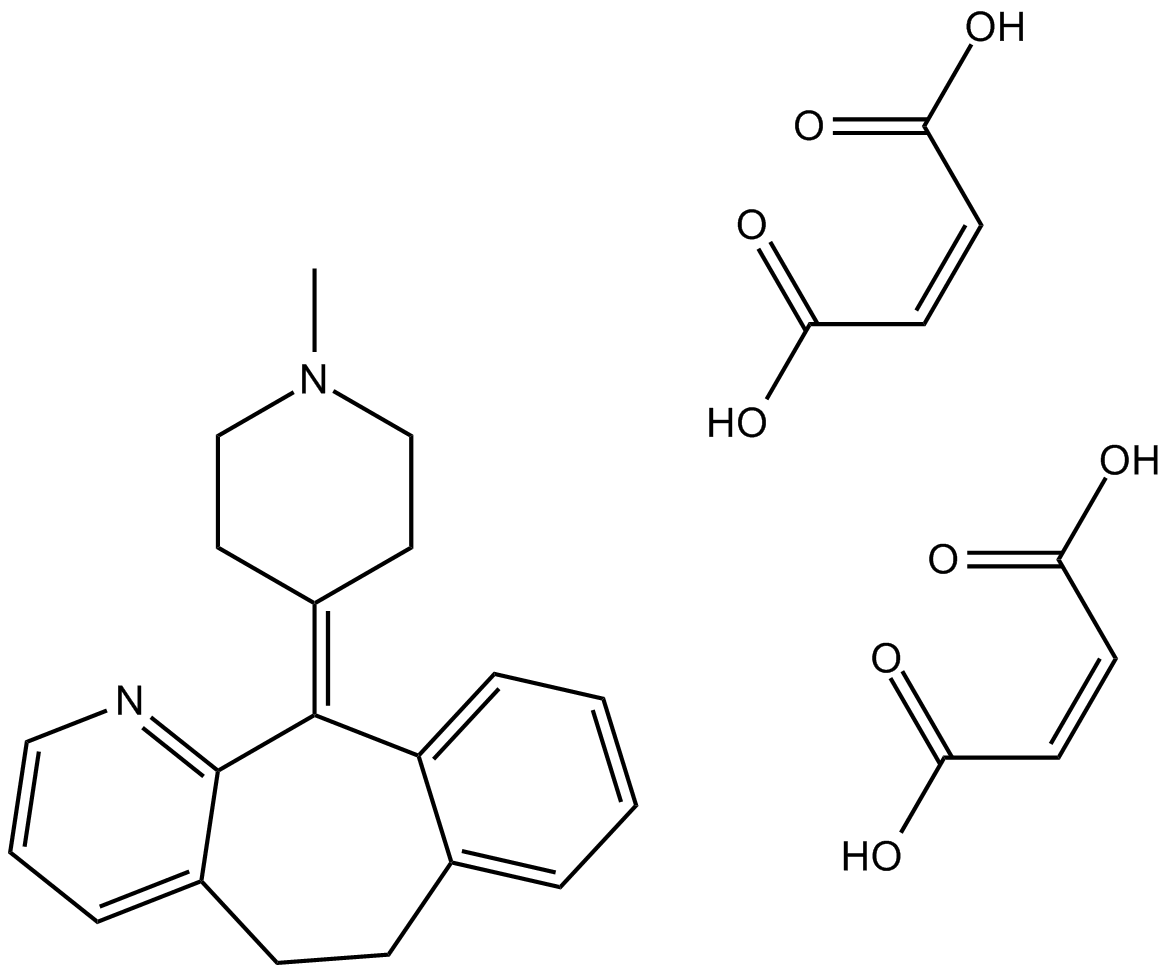 B1567 Azatadine dimaleateSummary: Histamine and cholinergic inhibitor
B1567 Azatadine dimaleateSummary: Histamine and cholinergic inhibitor -
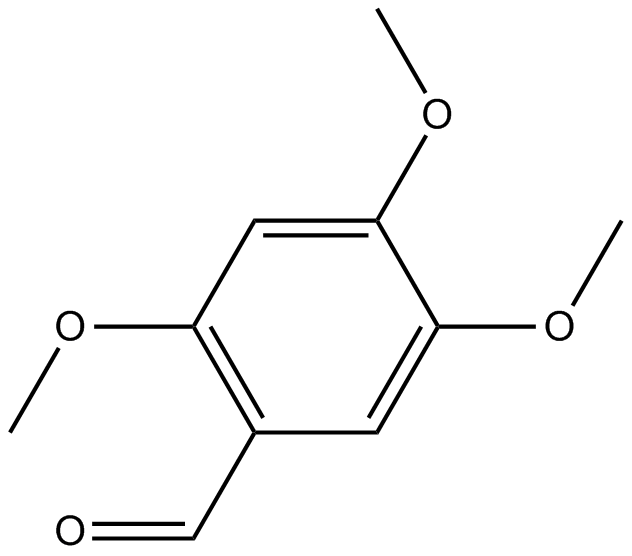 B1456 AsaraldehydeSummary: COX inhibitor
B1456 AsaraldehydeSummary: COX inhibitor -
 B1606 Orphenadrine CitrateSummary: Antiparkinsonian and analgesic drug
B1606 Orphenadrine CitrateSummary: Antiparkinsonian and analgesic drug -
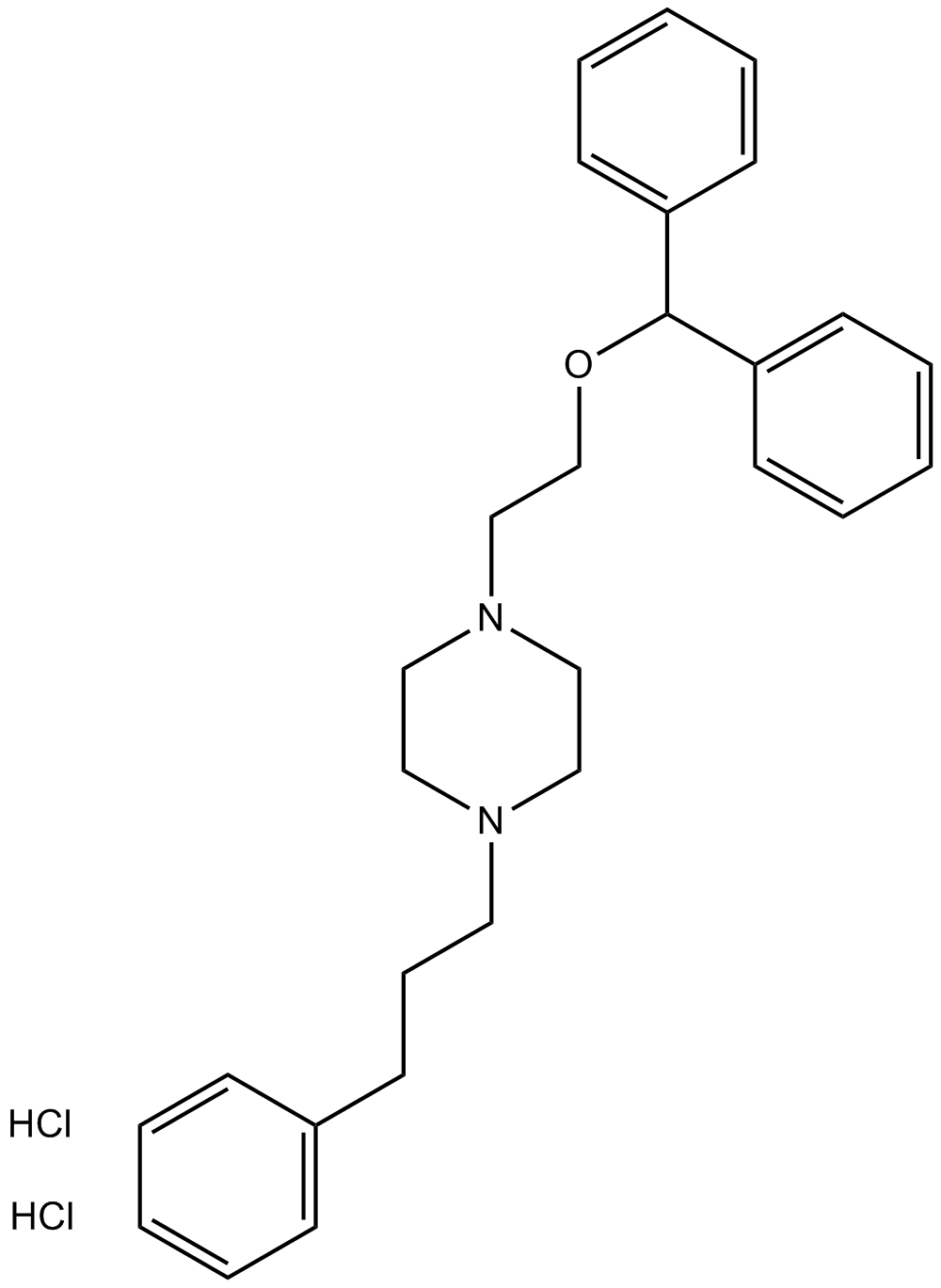 B4661 GBR 12935 dihydrochlorideSummary: dopamine reuptake inhibitor
B4661 GBR 12935 dihydrochlorideSummary: dopamine reuptake inhibitor -
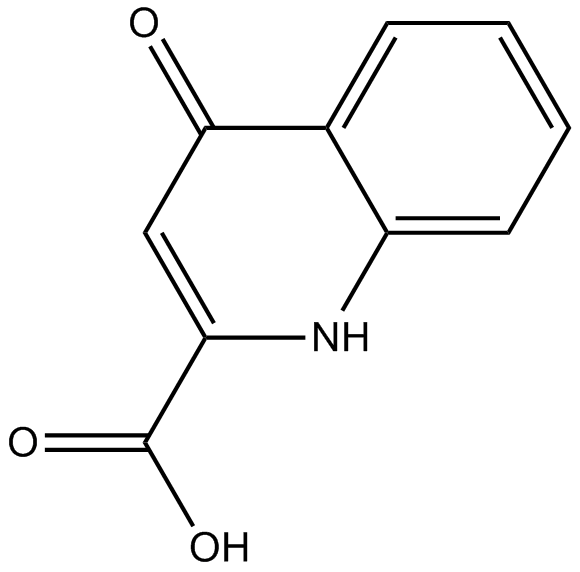 B6227 Kynurenic acidTarget: EAA receptorSummary: broad spectrum EAA antagonist
B6227 Kynurenic acidTarget: EAA receptorSummary: broad spectrum EAA antagonist -
 B7053 TMPH hydrochlorideSummary: neuronal nicotinic ACh receptors (nAChRs) antagonist
B7053 TMPH hydrochlorideSummary: neuronal nicotinic ACh receptors (nAChRs) antagonist -
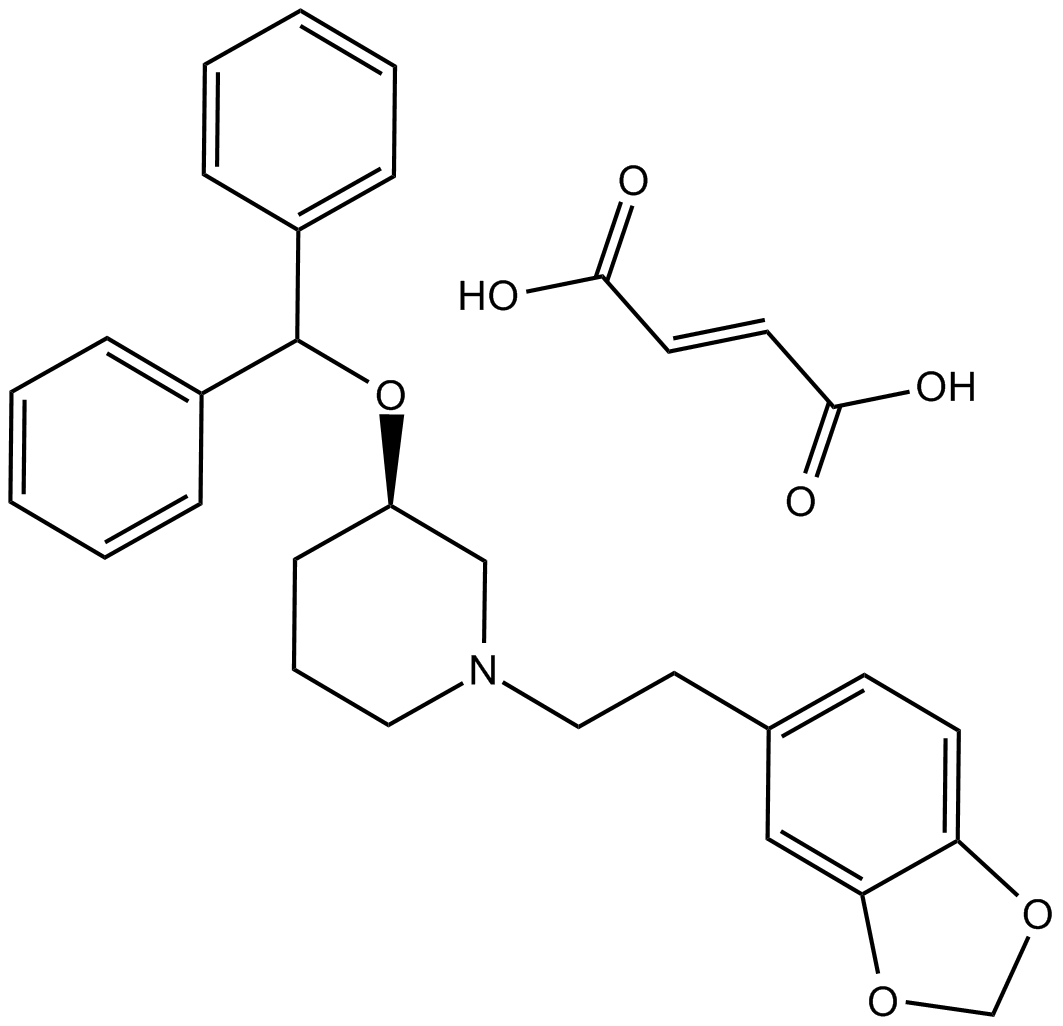 B7114 Zamifenacin fumarateSummary: M3 muscarinic receptor antagonist
B7114 Zamifenacin fumarateSummary: M3 muscarinic receptor antagonist -
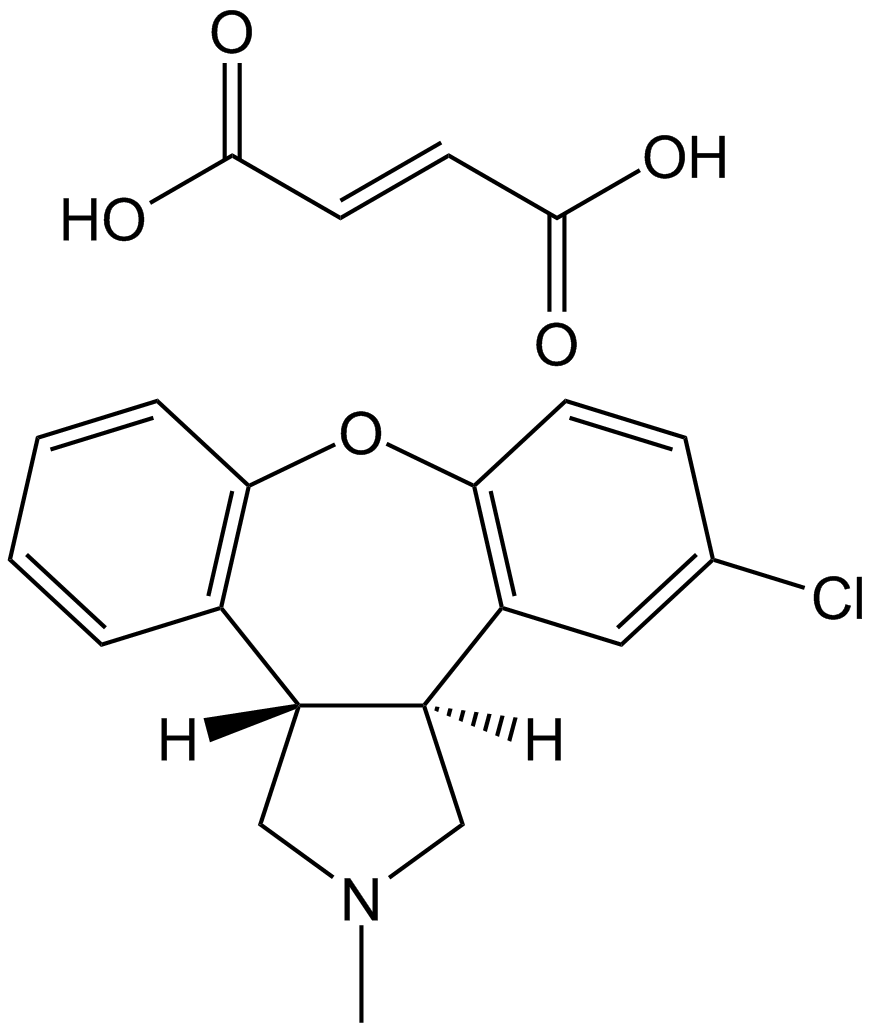 A5010 AsenapineSummary: Inhibits adrenergic receptor/5-HT receptor
A5010 AsenapineSummary: Inhibits adrenergic receptor/5-HT receptor -
 A1123 Amyloid Beta-Peptide (12-28) (human)Summary: sequence H2N-VHHQKLVFFAEDVGSNK-OH
A1123 Amyloid Beta-Peptide (12-28) (human)Summary: sequence H2N-VHHQKLVFFAEDVGSNK-OH -
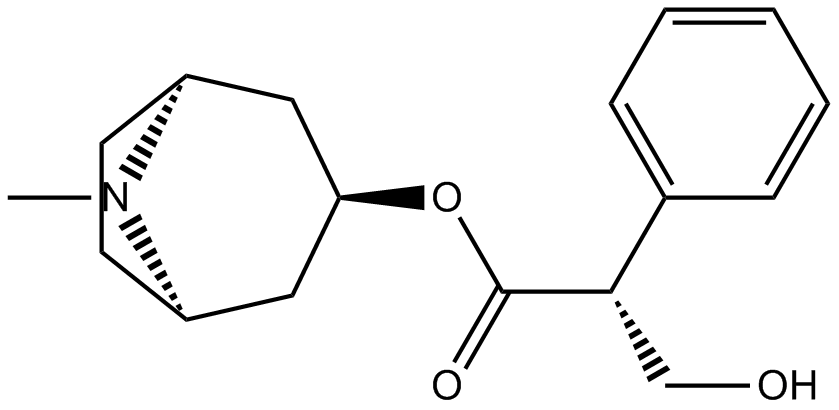 B1605 HyoscyamineSummary: AChR inhibitor
B1605 HyoscyamineSummary: AChR inhibitor

